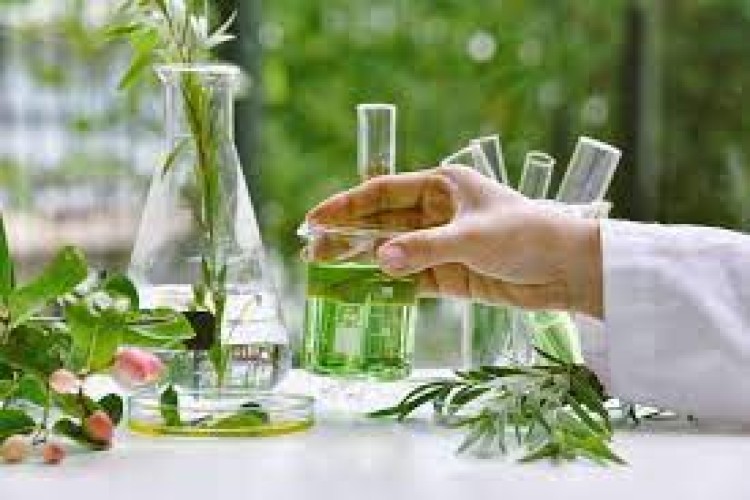
In the aromatic realm of essential oils and extracts, a nuanced understanding of these substances is vital for enthusiasts and practitioners alike. While both play pivotal roles in aromatherapy, they differ significantly in composition, extraction methods, and applications. Let's delve into the intricate world of extracts and essential oils, exploring their unique characteristics and how they contribute to the aromatic tapestry.
Composition: Essential oils are concentrated hydrophobic liquids that contain volatile aroma compounds from plants. These compounds are often extracted from various parts of the plant, including the leaves, flowers, stems, bark, and even roots. The essence of the plant is captured through methods such as steam distillation, cold pressing, or solvent extraction.
Extraction Methods:
Purity and Potency: Essential oils are known for their purity and potency. The concentration of aromatic compounds is high, and a few drops can impart a robust scent. They retain the characteristic fragrance and therapeutic properties of the plant.
Aromatherapy Applications: Due to their concentrated nature, essential oils are widely used in aromatherapy. They can be diffused, applied topically (often diluted with a carrier oil), or even ingested under proper guidance. Each oil has unique properties, offering various benefits from relaxation to immune system support.
Composition: Plant extracts, on the other hand, encompass a broader category that includes essential oils but extends beyond them. Extracts are derived from various parts of the plant, utilizing solvents, water, or other methods to capture a broader spectrum of compounds, including non-volatile components.
Extraction Methods:
Purity and Potency: Extracts can vary widely in concentration and may include a blend of volatile and non-volatile compounds. The resulting product is often less concentrated than essential oils, offering a more subtle aroma.
Aromatherapy Applications: While not as commonly used in traditional aromatherapy practices, extracts find their place in skincare, culinary applications, and herbal medicine. They bring a milder scent and a broader range of plant compounds.
1. Aromatherapy and Essential Oils: Essential oils take center stage in traditional aromatherapy practices. They are preferred for diffusing, topical application, and therapeutic purposes due to their concentrated nature.
2. Skincare and Plant Extracts: Plant extracts shine in skincare products. Infused oils and extracts are often used for their holistic benefits, providing a gentle and well-rounded influence on the skin.
3. Culinary Delights: Extracts, especially those derived from herbs and spices, are culinary companions. They infuse flavors into oils, vinegars, and other culinary creations, offering a more nuanced taste than essential oils.
4. Holistic Healing with Both: The versatility of essential oils and extracts allows for a holistic approach to well-being. Essential oils may be chosen for specific therapeutic effects, while extracts contribute to overall skin health and culinary experiences.
In the world of aromatherapy, both essential oils and extracts play pivotal roles, each bringing its unique set of characteristics to the olfactory table. Understanding the differences allows for a more nuanced and informed approach to incorporating these aromatic wonders into our lives. Whether seeking the concentrated vitality of essential oils or the broader essence of extracts, the journey through scent becomes a delightful exploration of nature's aromatic symphony.

|

|
Currently, there are no comment.
Login to comment